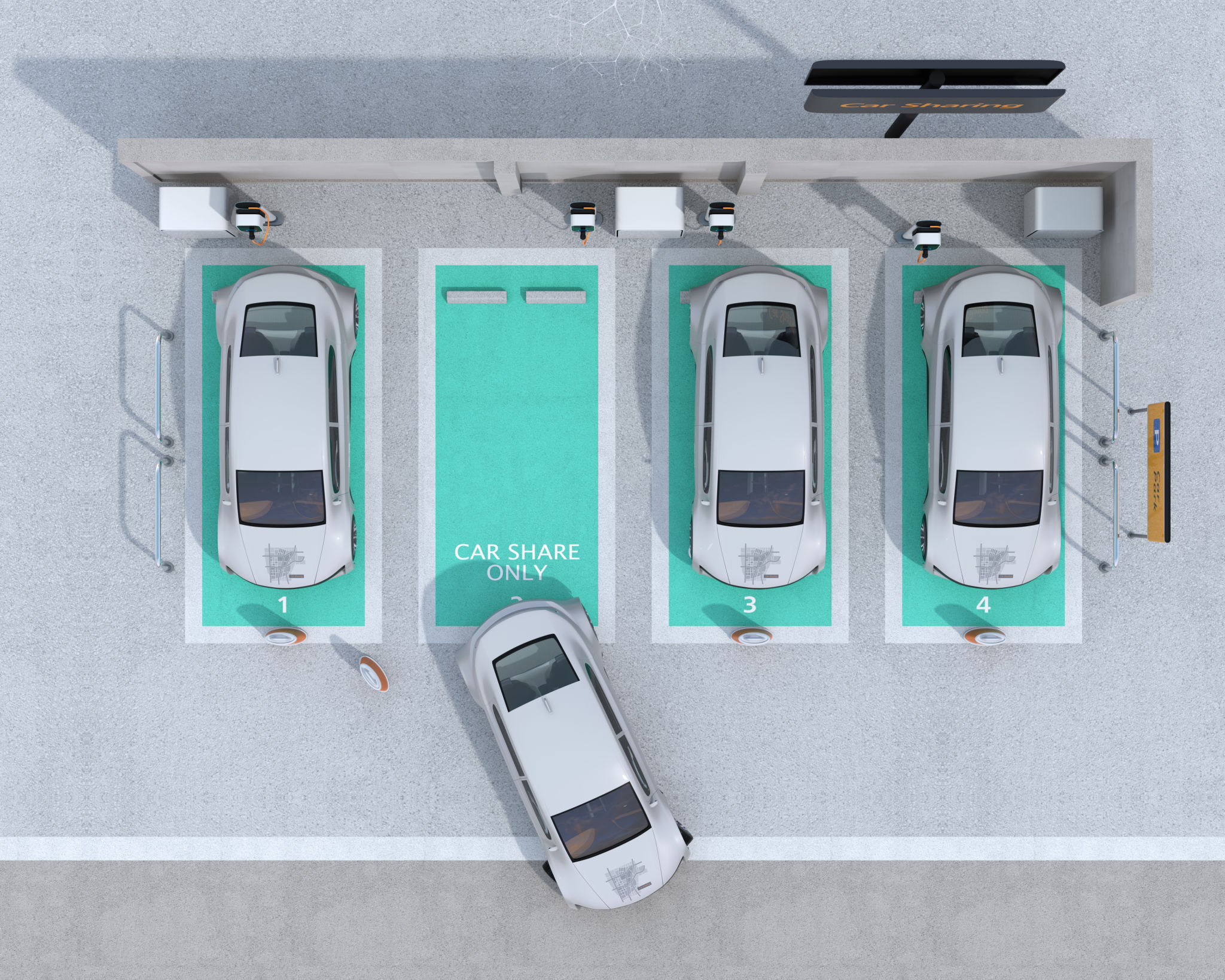Exploring the Latest Trends in the Automotive Industry: Insights from The Best Never Rest
Electric Vehicles: The Future is Now
The automotive industry is undergoing a remarkable transformation, driven by technological advancements and changing consumer preferences. One of the most significant trends reshaping the sector is the rise of electric vehicles (EVs). With government incentives and growing environmental awareness, EVs are no longer a futuristic concept but a present-day reality. Major automakers are investing heavily in electric technology, with ambitious plans to electrify their fleets in the coming years.

Consumers are increasingly drawn to EVs due to their lower operating costs and reduced environmental impact. Moreover, the development of fast-charging networks and improvements in battery technology have addressed many of the initial concerns surrounding range and charging times. As a result, the transition to electric mobility is accelerating at an unprecedented pace.
Autonomous Driving: A New Era of Mobility
Another groundbreaking trend in the automotive industry is the advancement of autonomous driving technology. Companies like Tesla, Waymo, and traditional car manufacturers are at the forefront of developing self-driving vehicles. These vehicles promise to revolutionize transportation by enhancing safety, reducing traffic congestion, and providing greater accessibility to mobility for all.
Autonomous vehicles rely on a combination of sensors, cameras, and artificial intelligence to navigate roads without human intervention. While there are still regulatory hurdles and technical challenges to overcome, the progress made in this field is undeniable. As technology continues to evolve, the dream of a fully autonomous driving experience is becoming more tangible.

Connected Cars: The Internet on Wheels
The integration of connectivity features in vehicles has transformed them into "smart" devices on wheels. Modern cars are equipped with advanced infotainment systems, navigation aids, and telematics services that enhance the driving experience. This connectivity allows for real-time data exchange, enabling features like remote diagnostics, over-the-air software updates, and personalized driving experiences.
Connected cars have also paved the way for vehicle-to-vehicle (V2V) and vehicle-to-infrastructure (V2I) communication. These technologies improve road safety by enabling vehicles to communicate with each other and with traffic signals, reducing the likelihood of accidents and optimizing traffic flow.
Sustainability and the Shift to Green Manufacturing
Beyond the vehicles themselves, sustainability is becoming a core focus across the automotive industry. Manufacturers are adopting eco-friendly practices in their production processes to minimize their environmental footprint. This includes using recycled materials, reducing energy consumption, and implementing cleaner manufacturing techniques.

The shift towards sustainability is not only driven by regulatory pressures but also by consumer demand for environmentally responsible products. Brands that prioritize green manufacturing are likely to gain a competitive edge in a market increasingly conscious of environmental issues.
The Rise of Shared Mobility
The concept of vehicle ownership is evolving with the rise of shared mobility services. Car-sharing platforms and ride-hailing services like Uber and Lyft have gained popularity as convenient and cost-effective alternatives to traditional car ownership. This trend is particularly appealing to urban dwellers who seek flexible transportation options without the hassle of owning a vehicle.
Shared mobility services offer several benefits, including reduced traffic congestion and lower carbon emissions. As cities continue to grow, these services will play a crucial role in shaping the future of urban transportation.

Conclusion: Embracing Change in the Automotive World
The automotive industry is at a pivotal moment in its history, driven by innovation and changing societal needs. The trends discussed here—from electric vehicles and autonomous driving to connected cars and sustainable manufacturing—highlight the industry's dynamic nature. As these trends continue to evolve, they promise to deliver a future where transportation is more efficient, sustainable, and accessible than ever before.